 Tell us about your fascinating book Involution, Reconciling Science to God.
Tell us about your fascinating book Involution, Reconciling Science to God.
The book retakes the scientific Odyssey of the past 3000 years to offer an alternative vision. There are two aspects, the poetic narrative and the scientific hypothesis, equally unorthodox now, but actually no less than science’s return to the perennial philosophy familiar through the ages. Science is now clothed in the spiritual , but this book suggests evolution always has been the co-creation of God, and science equally the means of His Self-knowledge. Love is unstated but lurks in aesthetics, ideals, self forgetfulness, in those that led the adventure of consciousness.
The skeleton of this work rests on three simple and related hypotheses:
That the entire experience of evolution has been encoded at different levels (involution) most probably in the superfluous junk or ‘fossil’ DNA. This is the experiential basis of molecular and cellular memory. It is present in each cell and all forms.
That science has evolved through the maverick self-forgetful contemplative genius recovering fragments of evolutionary memory. (Making contact with his molecular or cellular DNA- all knowledge is recollection-Plato)
These insights, when subject to measurement and verification, are proved congruent with outer reality and are incorporated into the model collective science builds of memory. Man comes to ‘know that he knows’’ (but not because he is a clever fellow, but because somebody remembered what Man has always known but forgotten). The brain uncovers what DNA contains. Brain is the interpreter of consciousness, and not the source emitter of it.
Consciousness shared throughout the living universe is thereby transferred from memory and awareness to the collective intellect. This separates man’s perception of himself as distinct from the field of consciousness, God, both immanent and transcendent; the exile.
The Poetic Narrative
Half the book narrates the journey, half provides the scientific notes.
The narrative intertwines two spiral rosaries like DNA, recording evolution’s experience, coded as memory. Reason tells the scientific beads of one, and Soul the artistic beads of the other, and what lies between them are the inspirations of contemplative genius. The book traces inspiration through the maverick genius across all epochs and disciplines in order to reveal the Journey through the Interior, Involution, a complement to Darwin’s evolution.
The evidence starts with the unified concepts in pre-Socratic Greece, (Parmenides, Empedocles Pythagoras, Heraclitus) then through the diversity of complex forms and their relationships, culminating in the complete separation of the Newtonian mechanical universe. That is the exile. It mirrors the divergence and diversity that began in the Cambrian explosion which resulted in the proliferate tree of life. The return shows the opposite, the dissolution of matter back into fields (Faraday, Clark- Maxwell, Schrodinger, Bohr, Einstein, Bohm etc) Man returns to the Unity of the beginning, the uniform field, now called the Implicate Order, Akashic, the Plenum, the Void: Alpha to Omega (Evolution) and Omega back to Alpha (Involution) Uncovering Memory has led our adventure of Science. Early man lay closer to the truth intuitively; modern man has recovered it intellectually. Involution links the two; the return from exile.
By the end of the book there is only the soliloquy of the serpent of DNA seducing the reader towards the gates of experience. It is spiritual experience that led genius to understanding as it led the saints to religious conviction. This book is the scaffolding from which to view the cathedral of consciousness, and when it has served that purpose it can be mentally taken down.
Do science and poetry go together well?
That probably remains to be decided by others! Because the evidence for this hypothesis crosses all epochs of thought, all disciplines of science, and because the history of science is so well documented, it would have been impossible to take the Odyssey in prose. I have lived with these ideas and the skeletal framework for 44 years. I did try (six times in different ways) to recount it in prose, but bald hypotheses need substantiating and as soon as those facts are added the axle of the journey gets embedded in the mud, or the wheels spin along the familiar tracks. Taking a new pathway is impossible. The argument veers back to the familiar.
Another and more important reason for writing poetically was to engage the readers’ own associations, for this is all about memory, and everyone has their own , and its allusive ( and elusive) links. That is how I could address the right brain, and use small nudges by quoting familiar poets, references and hope the reader would complete and enjoy them. From the reviews already posted on Amazon the poetic decision seems to have been vindicated. I do believe that freer and metaphorical writing will have to be accepted for the new holistic visions of science and the holographic nature of creation where each is both itself and one with all. Linear language will not do it justice.
Thirdly, writing poetically engaged me creatively: After 44 years of living with this, lecturing, talking and thinking about it, I needed to refresh, and the moment I tried it poetically it sprang into new life. The challenge was to do the idea some honour.
Do you draw any inspiration from your relation, the poet, Elizabeth Barrett Browning?
Yes but in subtle, not conscious poetic ways. Only latterly did I realise how much we shared in common interests, though I lack her early classical scholarship we both seem to explore mystical or metaphysical interests and their poetic expression. Curiously she wrote Aurora Leigh, a whole novel in poetic form but it was probably her political poems, and the love Sonnets from the Portuguese and her engagement with the politics of the Risorgimento that seemed to legitimise me taking on an equivalent bastion (science) poetically. She wrote on so many things, Homer, Virgil, the Battle of Marathon and an Essay on Mind, all of which creep into this book without me knowing quite how. I have never studied the writing of poetry from any poet but absorbed any influence subconsciously. It was more the way in which Elizabeth was spoken about by my grandmother who applauded her for other things mainly independence and her refusal to be bullied by her oppressive father, her outspoken shame at the Barrett’s family’s reliance on the slave trade, and her elopement with Robert to Italy. Together with George Eliot both women were held up as examples of what women could (and should) aim to achieve in a man’s world. It was also interesting to me that both women were supported and loved by their respective men for it. Neither were what would be called beautiful, but certainly clear minded and resolute in action.
Mapping the history of scientific thought is a huge task, Did you ever feel daunted?
In some ways I did, but not for the work involved, but because I was, (still am), aware that I will be faulted for my omissions, and inaccuracies. They do not matter but the world of academia loves nothing better than to hole the argument below the waterline. The difference between this as a scientific hypothesis and others lies in its unashamed a priori…seeing the whole picture mapped out, like a cartographer with the rough boundaries sketched in, the journey through time starting with recorded time and using the signposts that would be easily recognised, because already known. There was therefore a framework into which to pin the significant contributions, but I am aware there will be many questioned. I am sure there is a field of land mines and grenades in its pages. It was experience that provided it and that was a solitary journey I cannot prove but that is its central message about the value of all those others.
Other theories rely on a wealth of background knowledge, a host of peers to bounce ideas off, and to review, applaud, to offer sources and refinements. I have none. I suppose that is why Ervin Laszlo calls it ‘brave’. It is also why I have written it with non-scientists mostly in mind, not because I do not believe in its scientific value, I do completely and did 44 years ago, but because scientists do not acknowledge the contributions of those they have not captured, scrutinised or pigeonholed. Similar reactions now to be happening with spiritual organisations equally. I had hoped the latter would want to support it because it really does fit in with their professed ideals. Neither I nor my Involution belongs anywhere, yet it is close kin to many others.
What sparked the idea in the first place?
A succession of uninvited experiences , both psychic and mystical that seemed to be a ‘training ground’ travelling through evolutionary memory ( as Jung records in his Red Book, which I had not read at the time) and then the need to integrate those experiences with intellectual understanding. The first Theory of Involution was my ladder back to the safety of the intellectual world, and so called rationality; a way I could retain the value of my experiences and link the extraordinary to the ordinary. It brought me back down. Writing this work is to offer the benefit of those experiences to others, and to the new science.
What do you hope to achieve with Involution? Do you think it will help people think differently?
I very much hope so. It has taken most of my life and all my creative energy.
The neo Darwinian world with its purposeless, accidental, competitive genes and their errors has severed Man from a much deeper story which Involution uncovers. By demonstrating the interconnectedness of a purposeful process in which each plays a unique and significant part, and collective memory is what integrates, everything has value, the past, the family, the nation, the Cosmos. Since mind creates rather than material accidents what is also fundamental is responsibility, so it restores real meaning to every aspect of life, but without edicts or authorities: instead the individual simply experiencing. It also implies that the quality of thought will both create and be retained, so responsible thinking will underpin action. The individual is suddenly not expendable but precious.
Although I am not evangelical by nature I think it is likely to find readers already half prepared for it, for whom it will be a confirmation. A recent reader who reviewed said ‘Involution is so satisfying as a theory because it resonates with a primal truth; it just feels right’ and another said ‘Now that you put it together like that, it is really rather obvious…’ The central hypothesis that underpins Involution is the whole matrix of connection in consciousness, so whether the intellectuals acknowledge it as a ‘primal truth’ or not, if I am right it will percolate like all truth does. If I am wrong then my life has been wasted, but lots of lives are wasted on less worthy obsessions.
Tell us a bit about you.
I suppose I am a puritan, and by that I mean that life had always to be centred on service of some kind. My family were inverted snobs and that meant money and materialism were beneath notice. I suppose I still respect that as an ideal to live by. It does not make for ease, but discipline and creativity are probably more satisfying. Demolition and reclamation was the way I built our house out of skips, just as I have built a scientific theory out of scientific ‘skips’ and reclaimed the ideas of other people, just used them differently.
I know I write to make sense of the world, but also because it seems that the subtlety of language and its power is second only to music, and painting, though with language what is connected is the private with the universal and that is its hellish challenge. Music and painting almost exist without needing affirmation, writing is not completed until it is read and understood.
I do other things, and I love practical challenges, like stone walling and designing buildings, and gardening but the only thing I know I shall never attain and it would be the most glorious, would be to play the cello well enough to play music rather than notes, which is all I can manage at the moment, and probably the best that a very late starter could hope for.
What’s next for you as an author?
Before I wrote Involution-An Odyssey I wrote an autobiographical novel, which was an exploration of the experiences that led to the theory. I wrote it as a novel because what I wanted to convey was the universal application of the experiences rather than the anecdotal account of my experiences. I always feel with accounts of spiritual revelation a sense both of voyeurism and ultimately the question in the reader ‘Yes well, very interesting but what might that have to do with me?’ A wanted to demonstrate that episodes of space time (synchronicity or serendipity) injects every life with signals, and, once perceived they increase and affirm what Involution implies. We are all linked and this is about each and every life, it is not another intellectual theory.
Because the obsessive theory does snake through the book I also hoped it might spur a publisher to ask about that too, or readers to be ready to receive Involution when it was written. Perhaps it will happen the other way round now. If Involution sparks interest it may extend to interest in what prompted it.
The novel has already been through two professional edits and it’s almost ready to publish.
In addition I would like to publish a collection of short stories called ‘Minding the Gap’ which explores the differences between old world and new world thinking, the characters are entirely distinguished by where they grow and breathe. That’s the South African/European divide within myself, I suppose.
I also have a novella I have already begun, which came almost written down in a dream. It would be truly refreshing to have the time to create that.
Involution-An Odyssey Reconciling Science to God

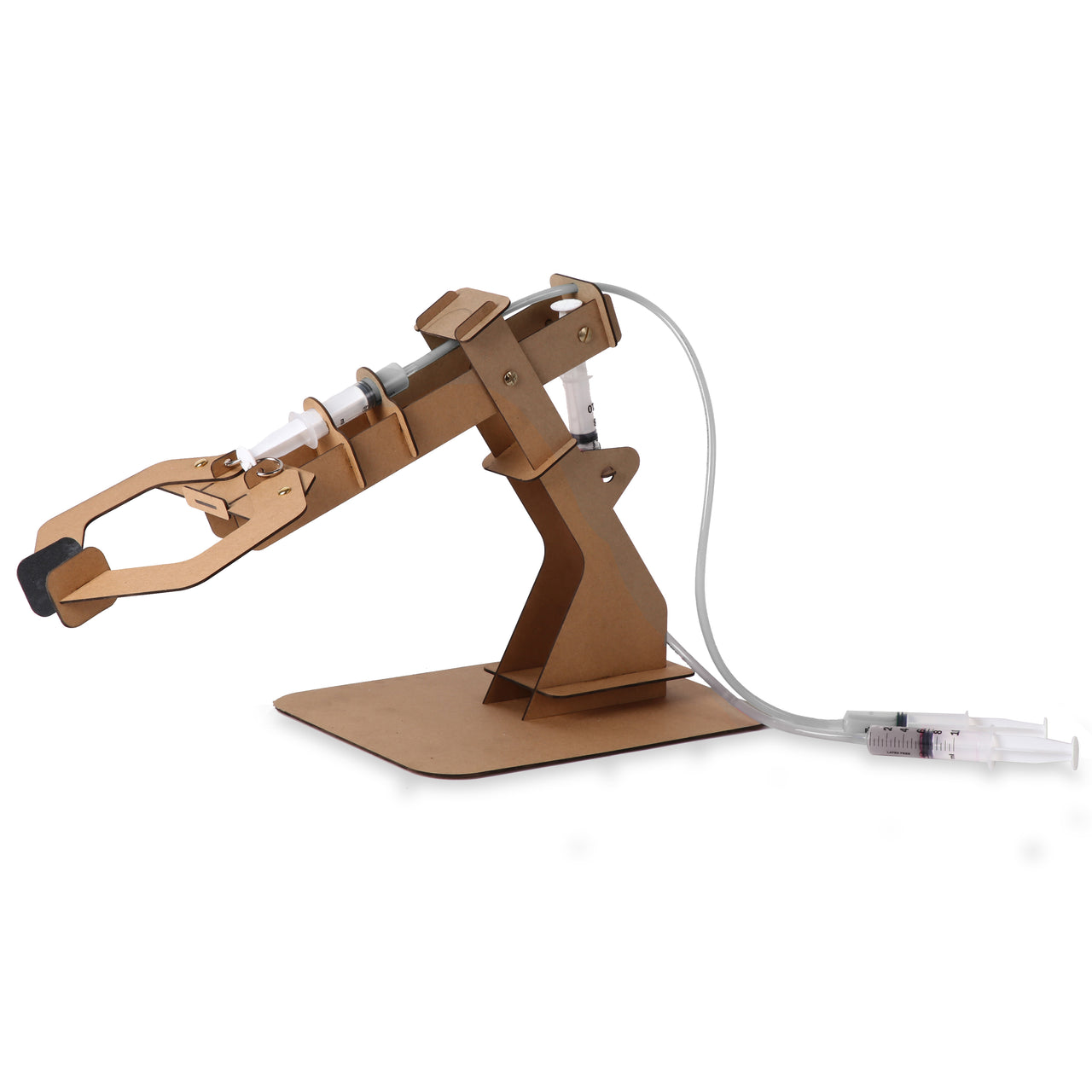
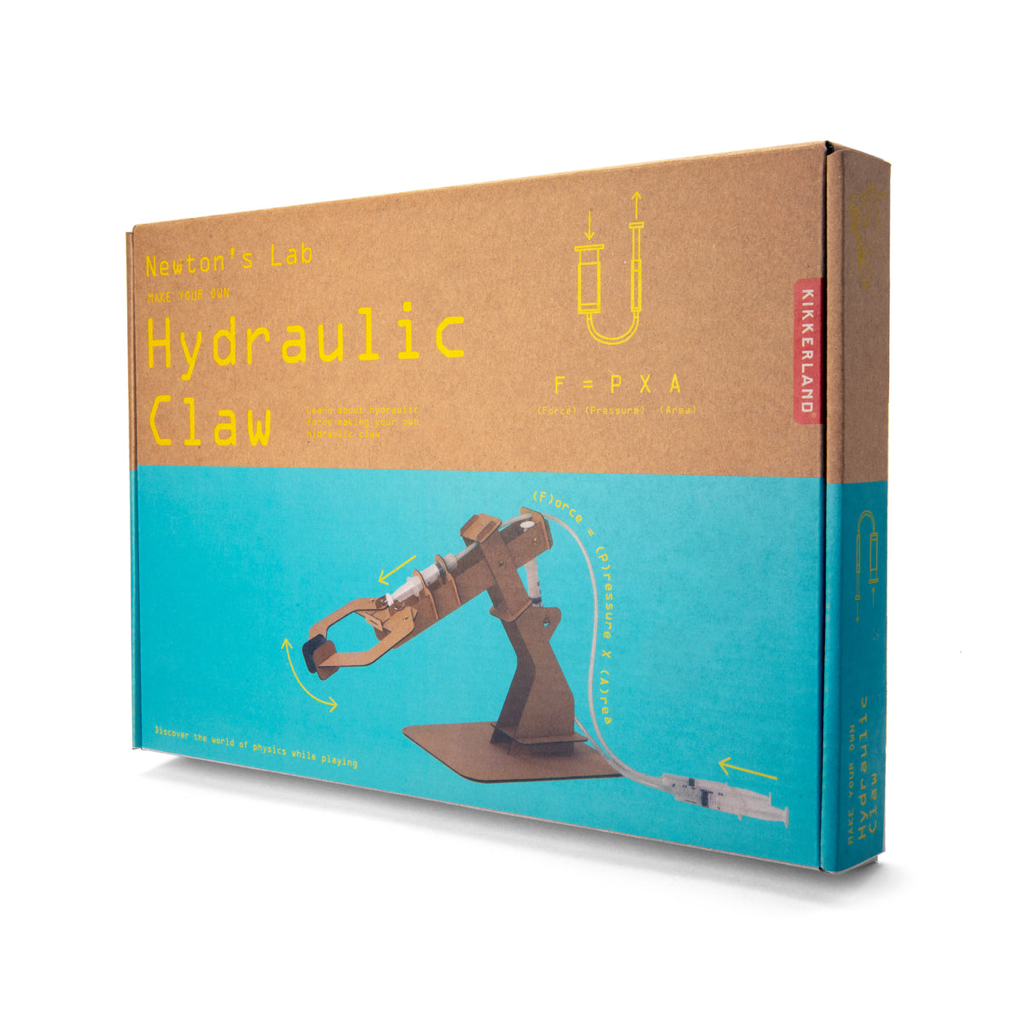

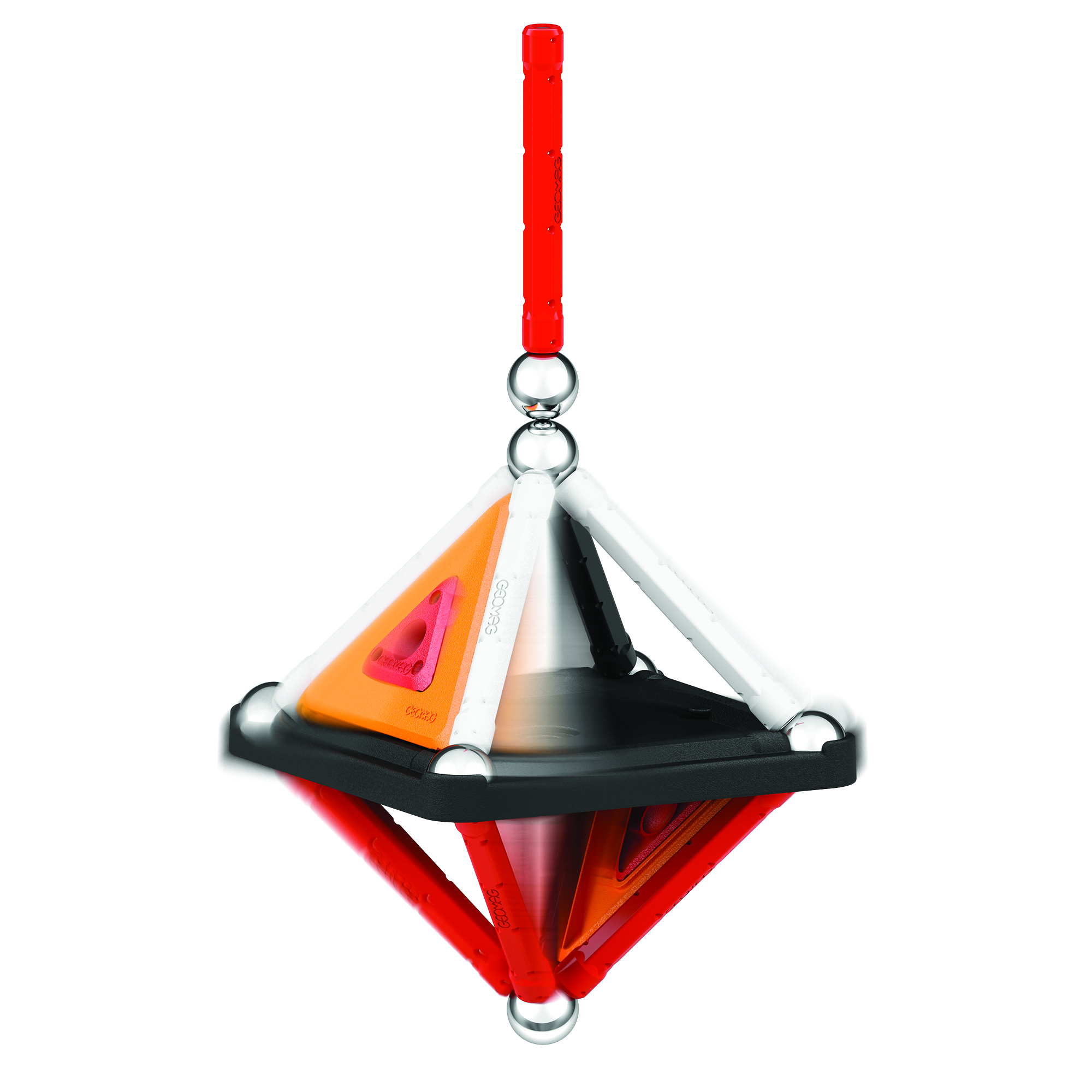











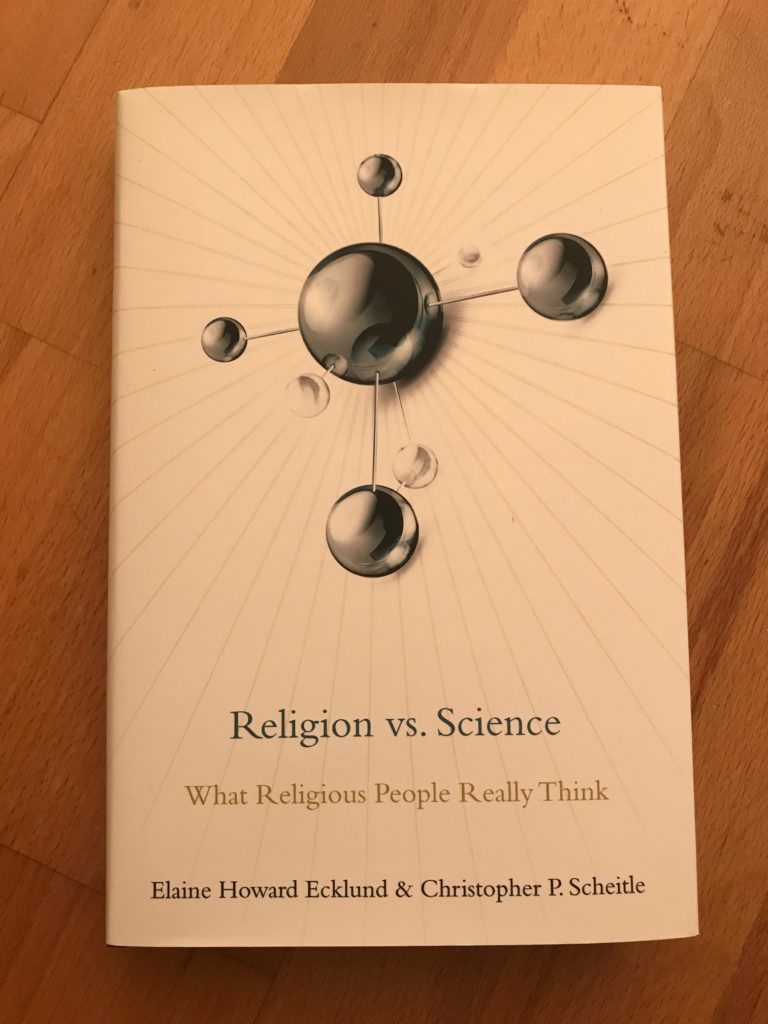
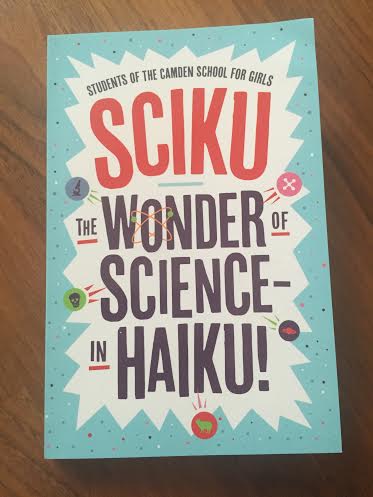
 And how England Can take The Perfect Penalty:
And how England Can take The Perfect Penalty:  The equation is given by the Professor for all to see on blackboards, so the general whisper amongst the press is that the gimmick is just for publicity, so everyone seems relaxed and drinking their beverage so that they can get their bit done and go home. That is until Rory Scott, from Paddy Power announces the rules of the presentation and what Professor Hawking will be doing and the rules regarding pictures. All of a sudden, it’s all real and the press are far more excited and attentive! Before the Professor takes the stage, he preps behind the backdrop and naturally the room is silent. The man has an air of presence that almost engulfs the room. A verse and chorus from Prodigy’s Exhale rings from the speaker as a projection of various instances, from 1966 to present day, of England’s trials and tribulations throughout the World Cups. Paddy from Paddy Power introduces the man himself and the room is still silent! It is almost as though the is on bated breath and Paddy says, “Lets hear it for Professor Stephen Hawking”! Before his words are even halfway through, the room erupts into rapturous applause and he begins to speak. The room is slient again to listen to his every word:
The equation is given by the Professor for all to see on blackboards, so the general whisper amongst the press is that the gimmick is just for publicity, so everyone seems relaxed and drinking their beverage so that they can get their bit done and go home. That is until Rory Scott, from Paddy Power announces the rules of the presentation and what Professor Hawking will be doing and the rules regarding pictures. All of a sudden, it’s all real and the press are far more excited and attentive! Before the Professor takes the stage, he preps behind the backdrop and naturally the room is silent. The man has an air of presence that almost engulfs the room. A verse and chorus from Prodigy’s Exhale rings from the speaker as a projection of various instances, from 1966 to present day, of England’s trials and tribulations throughout the World Cups. Paddy from Paddy Power introduces the man himself and the room is still silent! It is almost as though the is on bated breath and Paddy says, “Lets hear it for Professor Stephen Hawking”! Before his words are even halfway through, the room erupts into rapturous applause and he begins to speak. The room is slient again to listen to his every word:
